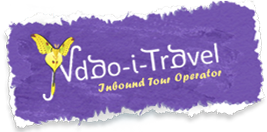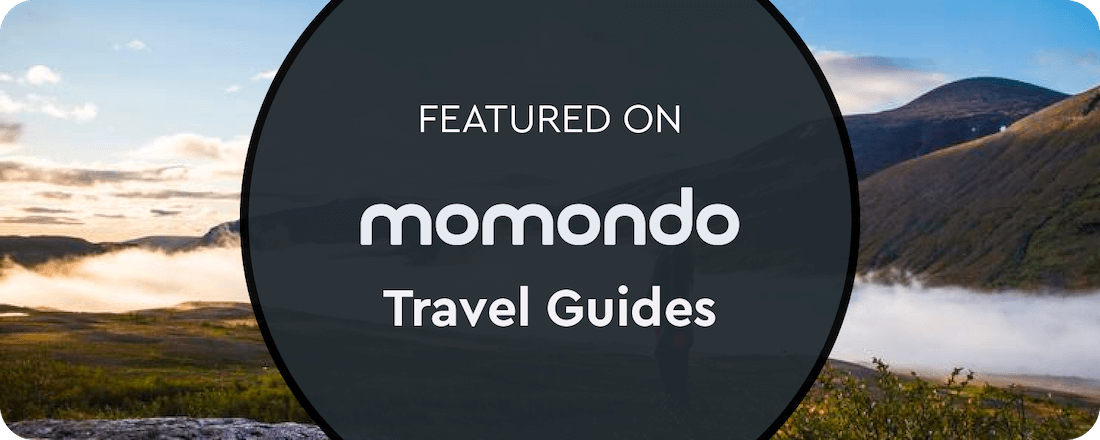Ikongo massif (Fort Carnot) – a tract of wild country of the Tanala’s land
One of Madagascar mysterious communities can be found in the rainforest hinterland just east of Ambalavao. The Tanala people, also called Antanala, live in South East Madagascar and are separated by the mountainous range from the coast by the Antaimoro and other ethnic groups. They are a large tribe of forest dwellers living inland. Their homeland separates the east coast from the Central Highlands. The Ranomafana National Park is located in the area of the Tanala. They are divided into two subgroups: the Tanala Menabe in the mountainous north and the Tanala Ikongo dwelling in the more accessible southern part. Tanala Menabe villages are isolated. They are built on mountain tops and are hidden in the dense forest.
The mountain Ikongo is a huge rock with a tabular summit, its northern and southern sides are surrounded by the Sandrananta and the Savondronina rivers, tributaries of the Matitanana river. This mountain, located in the middle of the forest, constitutes the core of the traditional Tanala-Ikongo region.
The Ikongo massif has the shape of a gigantic horseshoe whose concavity is turned towards the East. The length from north to south is about 6 km and the average width of the plateau is one kilometer. The upper plateau (1050m above sea level) is very wet with three brooks and many springs, which explains the 600 to 800 ha of fertile land suitable for various types of crops.
According to oral tradition, they are the descendants of "Vazimba", an indigenous people. Between the thirteenth and seventeenth century, different ethnic groups came to populate the Ikongo massif, fleeing the conflicts to come and take refuge at the foot of the massif, stronghold of Tanala.
In the nineteenth century, the Tanala undermined the attempts of the Merina who were then pushed back quickly. To ensure their tranquility and freedom, a pact was established between the Tanala and the French in 1898 and the massif of Ikongo took the name of Fort Carnot. The kingdom, however, split in three to give the kingdom Antanala of the south, the kingdom Antanala of the north and in the center of both, the kingdom of Ikongo.
The Ikongo take their name from Mount Ikongo, about 8 kilometers from Fort Carnot. Mount Ikongo was the refuge of all the inhabitants of the southern forest region in time of war. The top was level and could only be reached by one path, narrow and difficult. It was cultivated, providing food during sieges. This mountain was never conquered by the Imerina. The top was divided into two parts, Ananjamanga on the northeast and Tsiajopapango on the south. On the southwest corner of Ananjamanga, called Mitioka, there was a small, rocky hill where the ancient inhabitants sacrificed an ox to their ancestors for protection and victory before going to battle. This hill was shaped like a cattle tick, "kongo", and gave the name Ikongo to the mountain.
Several buttresses accessible only by ramps of 45 to 50° serve as a base for this imposing massif, whose access is defended on all sides by steep rocks, with the exception, however, of the western part where there is a "kind of welding" that links Ikongo to the Ambondrombe massif, the mountain of spirits. To the north, a sort of indentation from which the Ilavaohina stream cascades, is "a second weak point of the position". "Everywhere else the massif is almost unapproachable. The Ikongo Massif, which rightly deserves to be called the Tanala Acropolis, is truly a formidable position. All the more so because, besides being besieged by the Merina, the rock acquires a reputation of inviolability made to increase the faith and the courage of its defenders.
The Tanala are skilled woodsmen, food gatherers, and hunters. They trade beeswax, honey, and other forest products and engage in slash-and-burn agriculture, growing rice as a staple. The central government is encouraging the Tanala to use more modern agricultural methods in the cultivation of rice and coffee. Each of the very hierarchical Tanala villages has a collective house called “tranobe”, which is usually built on the top of a hill facing the West. Elderly villagers and important figures of the village live in the upper parts of the village, while the youngest occupy the lower ones. The Tanala observe patrilineal descent and often live in large compounds consisting of a father and his sons or of a group of brothers. Their houses are usually built on stilts. Besides slash-and-burn agriculture, they grow rice, corn, yams and coffee. The traditional dance of the Tanala (Dombolo) has become widely recognized and popular. Inhabitants wear always a round-shaped hut.
The Tanala hold deeply to their traditional religious practices, which are based on animism and ancestor worship. They believe that there are spirits all around us in nature and that people must try to please the spirits. Animists usually live with a certain amount of fear that a spirit will be unhappy with them.
If you wish to visit the Ikongo Massif and the Tanala Land, you can take our 7-day trekking tour "Tanala land. Ambalavao-Manakara: Rum Route", or make an uneasy, isolated but intense "Exceptional trekking through the Forest Corridor to the Land of Tanala".
You can also take our 5-day expedition by a 4x4 car "Discovering the natural and cultural treasures of Mount Ikongo".
Watch more photos about Ikongo massif (Fort Carnot) here.




